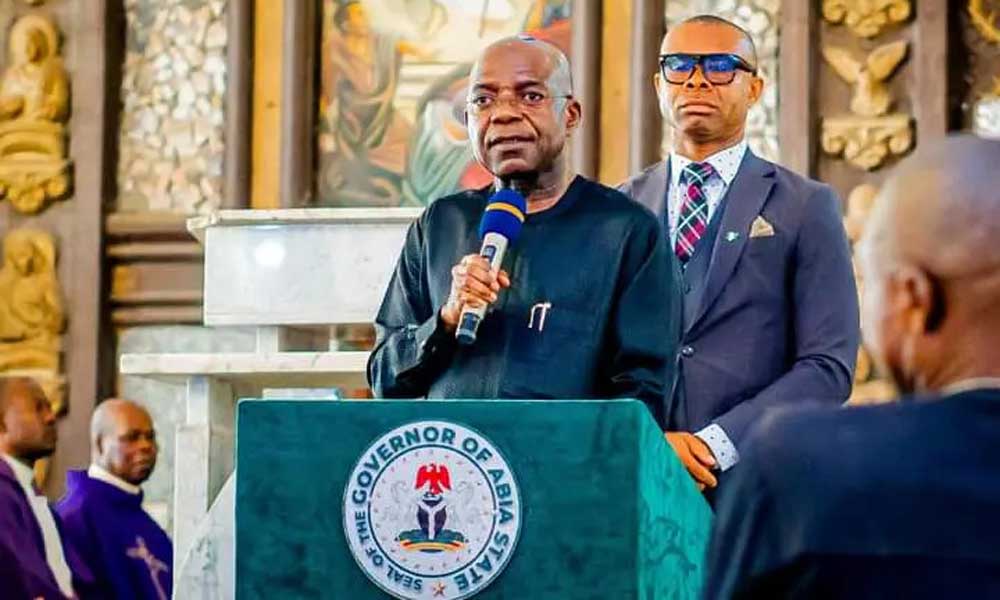At the halfway point of Governor Alex Otti’s first term, Abia State finds itself at an inflection point. For a state long encumbered by developmental inertia and administrative lethargy, the last two years have marked a visible, if not transformative, shift—especially in the realm of critical infrastructure.
Unlike previous administrations whose infrastructural footprints were largely uneven, unsustainable, or mired in opacity, Otti’s approach has so far leaned toward strategic planning, quality execution, and financial transparency. Roads, which had become perennial symbols of neglect in urban hubs like Aba and Umuahia, are now witnessing systematic rehabilitation, drainage inclusion, and better materials that promise durability rather than decay.
Past governments often launched projects with fanfare but completed few. White-elephant projects, abandoned sites, and pothole-riddled roads defined the infrastructural reality of successive regimes. Under Governor Otti, however, the story has begun to change. The Osisioma Flyover—left in limbo for years—was among the early interventions aimed at restoring public confidence in governance. Major roads like Port Harcourt Road in Aba and Ossah Road in Umuahia, long abandoned, are now seeing meaningful work. While these projects are not without delays or criticisms, their implementation suggests a welcome departure from the cycle of “motion without movement.”

Power infrastructure, though traditionally under the purview of federal institutions and private entities, has also received attention under Otti’s leadership through partnerships aimed at boosting industrial energy supply. In contrast, previous administrations paid limited attention to energy infrastructure’s enabling role in economic revitalization.
Furthermore, Otti’s digitization of project monitoring and contract management adds a layer of accountability that was largely absent in the past. Open procurement processes, performance audits, and citizen feedback mechanisms are slowly becoming part of the governance fabric, challenging the old model of opaque budgeting and contractor favoritism.

That said, the work is far from complete. The state’s rural infrastructure remains patchy, and some legacy issues—such as poor drainage, flooding, and rural-urban disparity—still plague many communities. But even here, Otti’s government has made serious inroads, notably through rural road mapping and basic health center upgrades in most LGAs.
Governor Otti’s midterm record on infrastructure is markedly progressive. If sustained, it may well set a new template for public service delivery in the state. Gov. Otti’s leadership is not just promise made but promise kept.
Once again a big congratulation to the Able Governor on a meritorious 2 years in office.

























